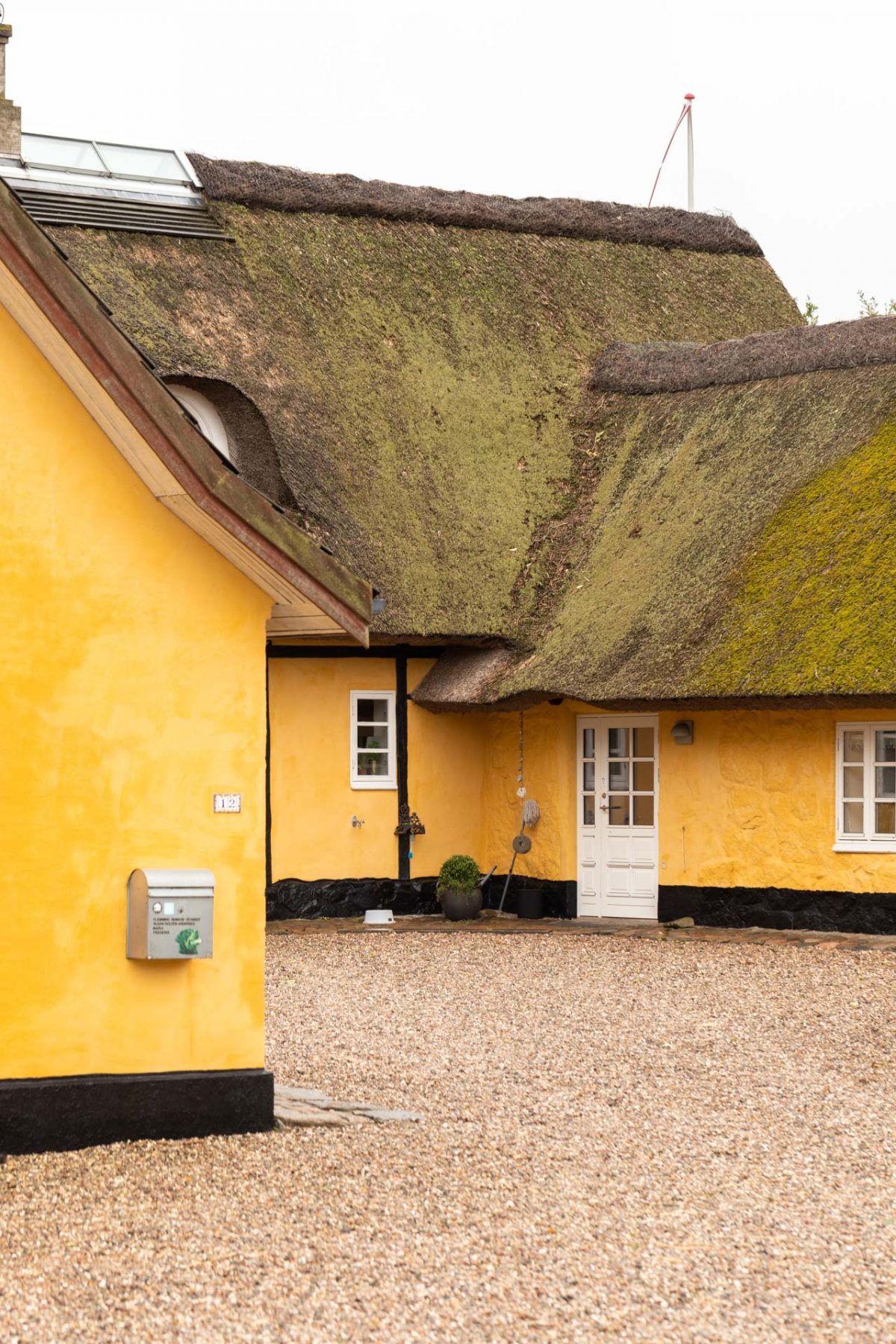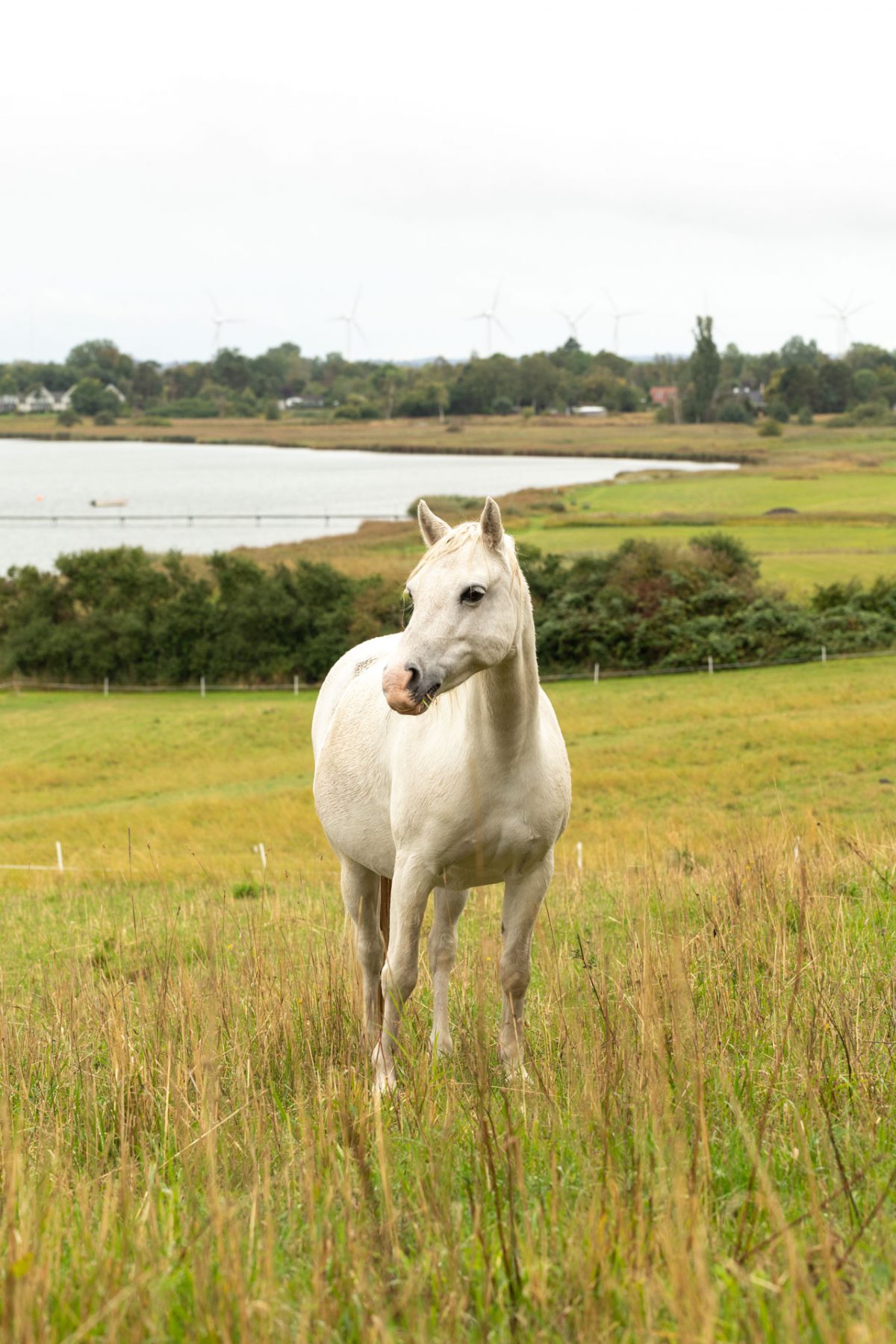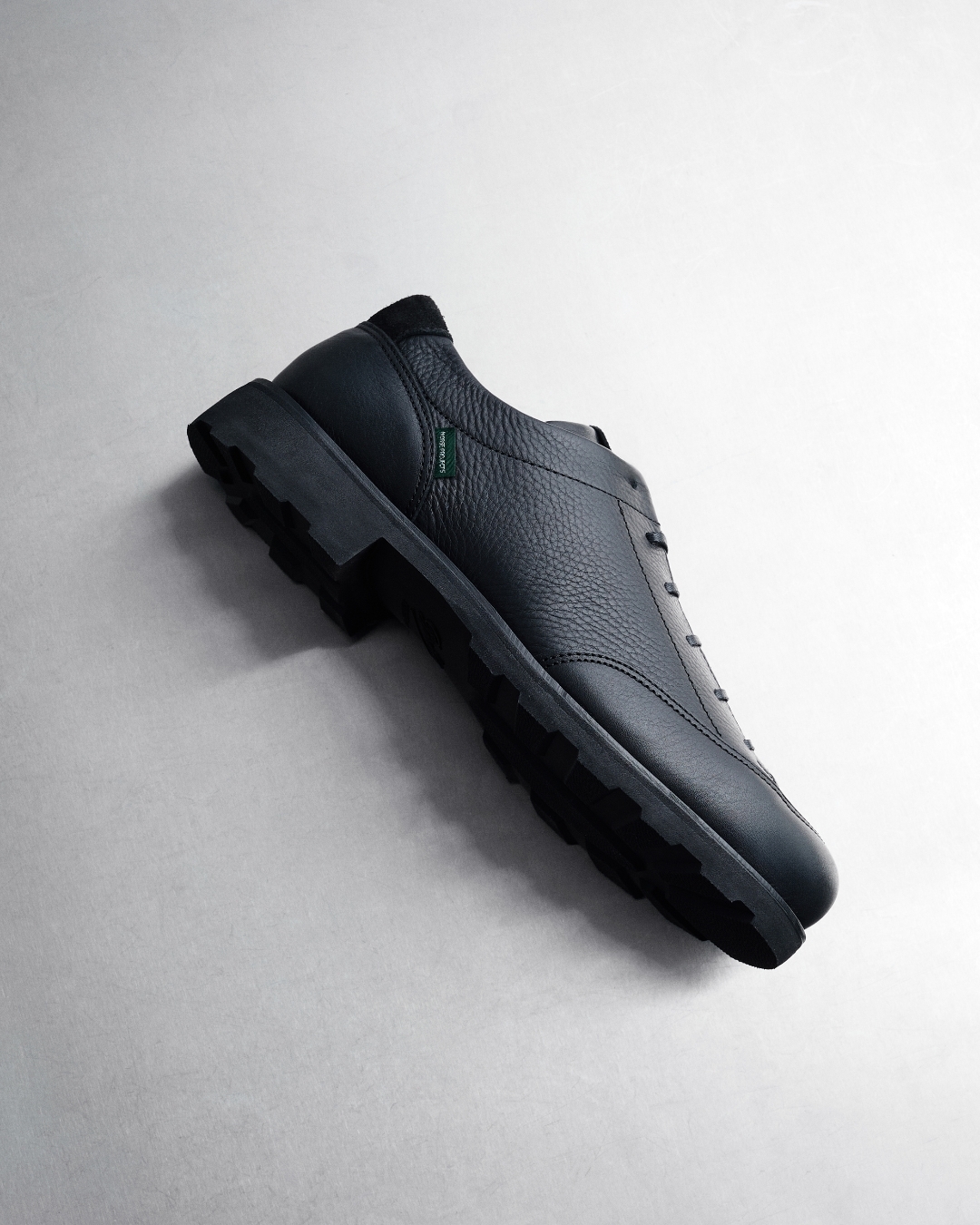Field Study — Holbæk, Denmark24.11.2020
Field Study is a multi-sensory journey within the small-towns, backroads, and unbeaten paths of Denmark and the Nordics through a collection of field recordings, interviews, and impressions.
Through this exploration, Field Study seeks to build a compendium of location guides accompanied by field recordings for public use via Norse Projects’ Soundcloud. The first instalment of Field Study visits northeastern Sjælland, to the township of Holbæk and the surrounding area of Plejerup.

HOLBÆK HARBOUR
A five-minute walk from the main train station is Holbæk Harbour. Here you’ll find a throng of wooden ships and old boats of different shapes and sizes. The quiet harbour offered respite from the main streets and city centre, with nothing but the ageing wooden boats and local fisherman to keep you company.
The audio below was recorded in the middle of the harbour. At the time of the recording, a ferry from the island of Orø had pulled in which created a crashing of waves (as heard in Field Recording-002) that sounds more intense than it actually was.
FIELD RECORDINGS — LISTEN
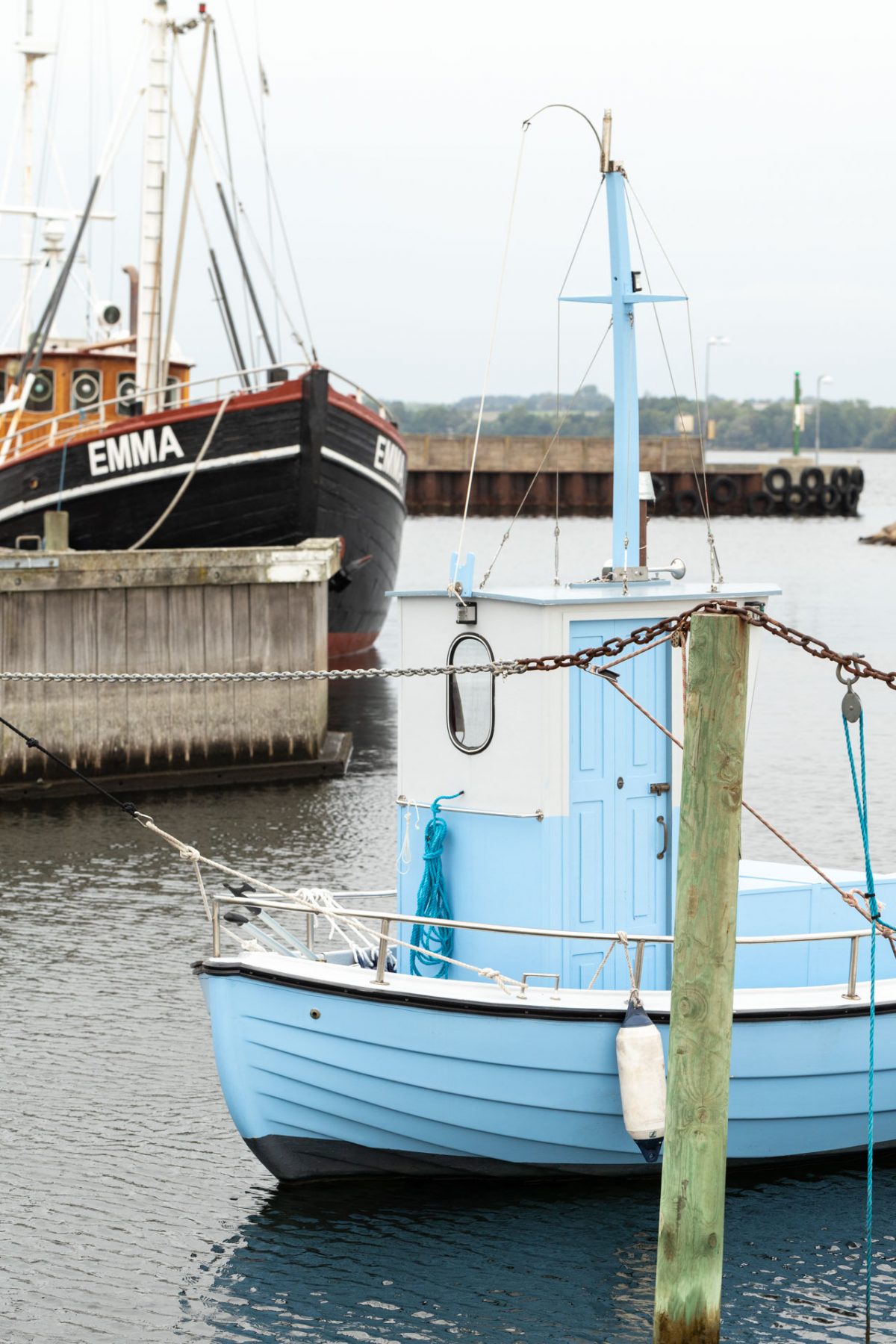
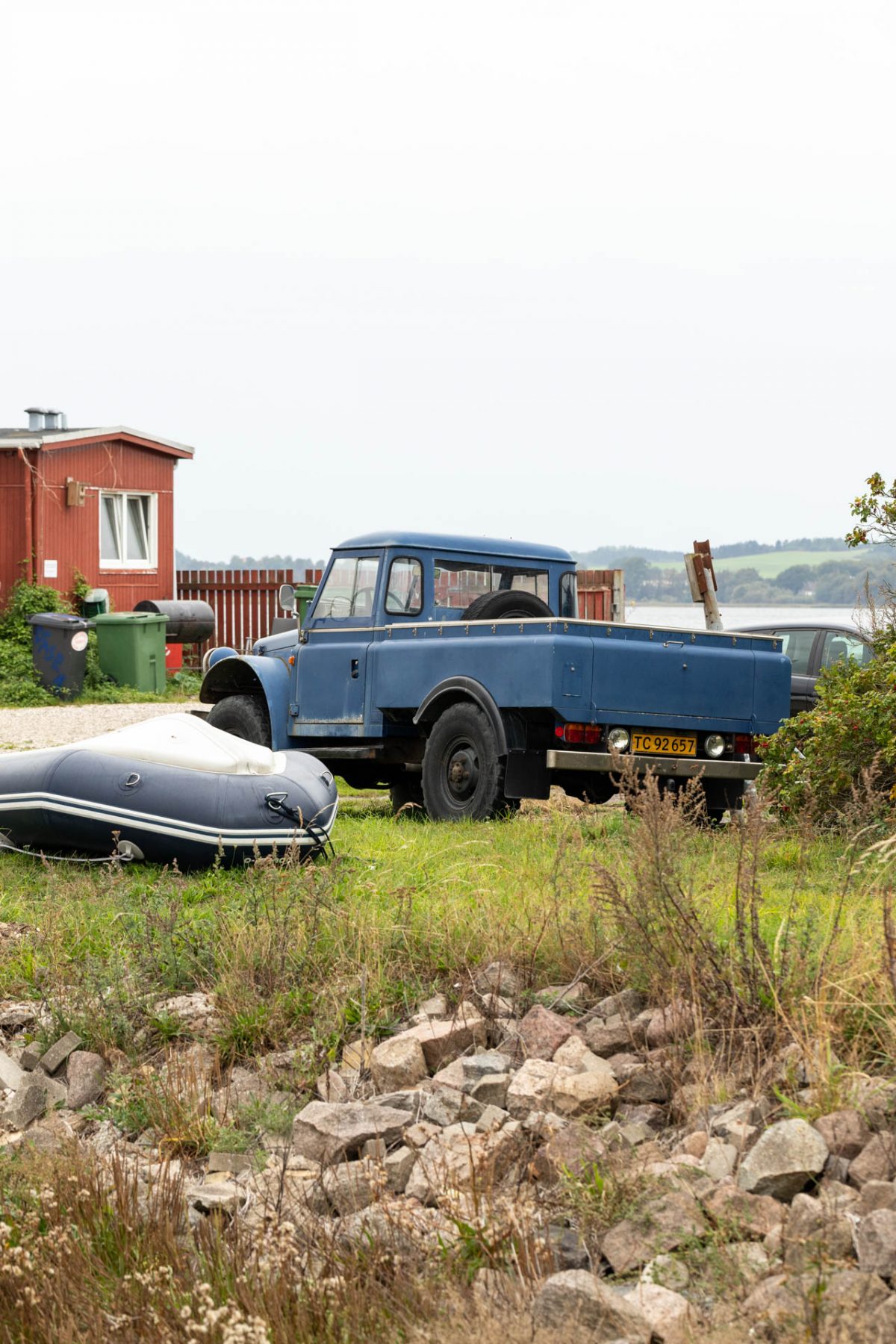
There were a few friendly faces working on the docks, curious to know what three people with cameras and recording equipment were up to. All of them were quite neighbourly once told of the project and even gave permission to photograph themselves and their boats. It never hurts to ask, even at Holbæk Harbour.


HOLBÆK CITY CENTRE
The city centre of Holbæk resembles most Danish small-town cores with brick buildings and high-street shops with a road that inevitably leads to a church.
FIELD RECORDINGS — LISTEN

For an architectural palette cleanser, stroll off the main street of Ahlgade to find a whole slew of imperfect yet charming 19th-century buildings leaning against one another down cobblestone paths. The colourful well-worn exteriors displayed character and grace.
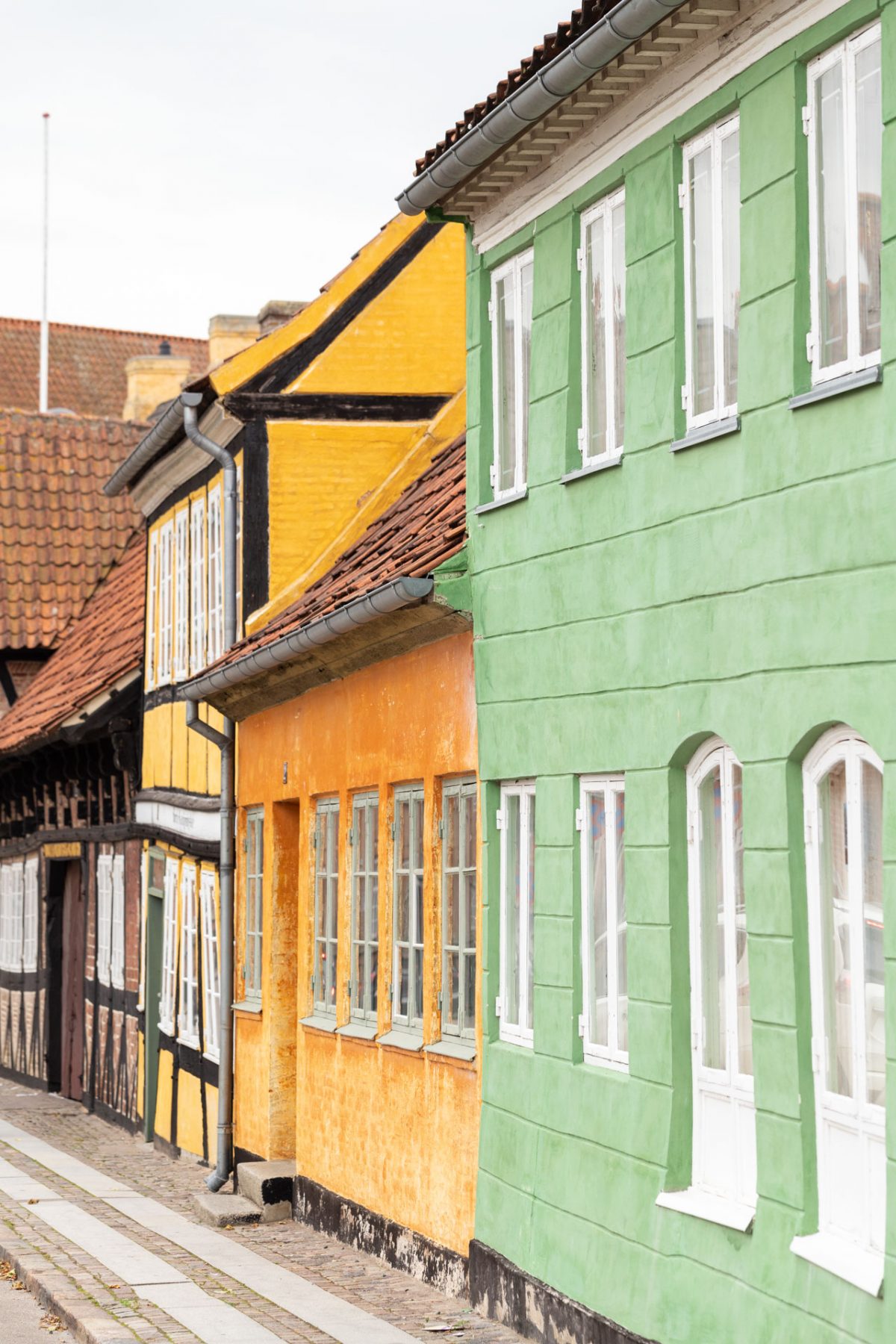
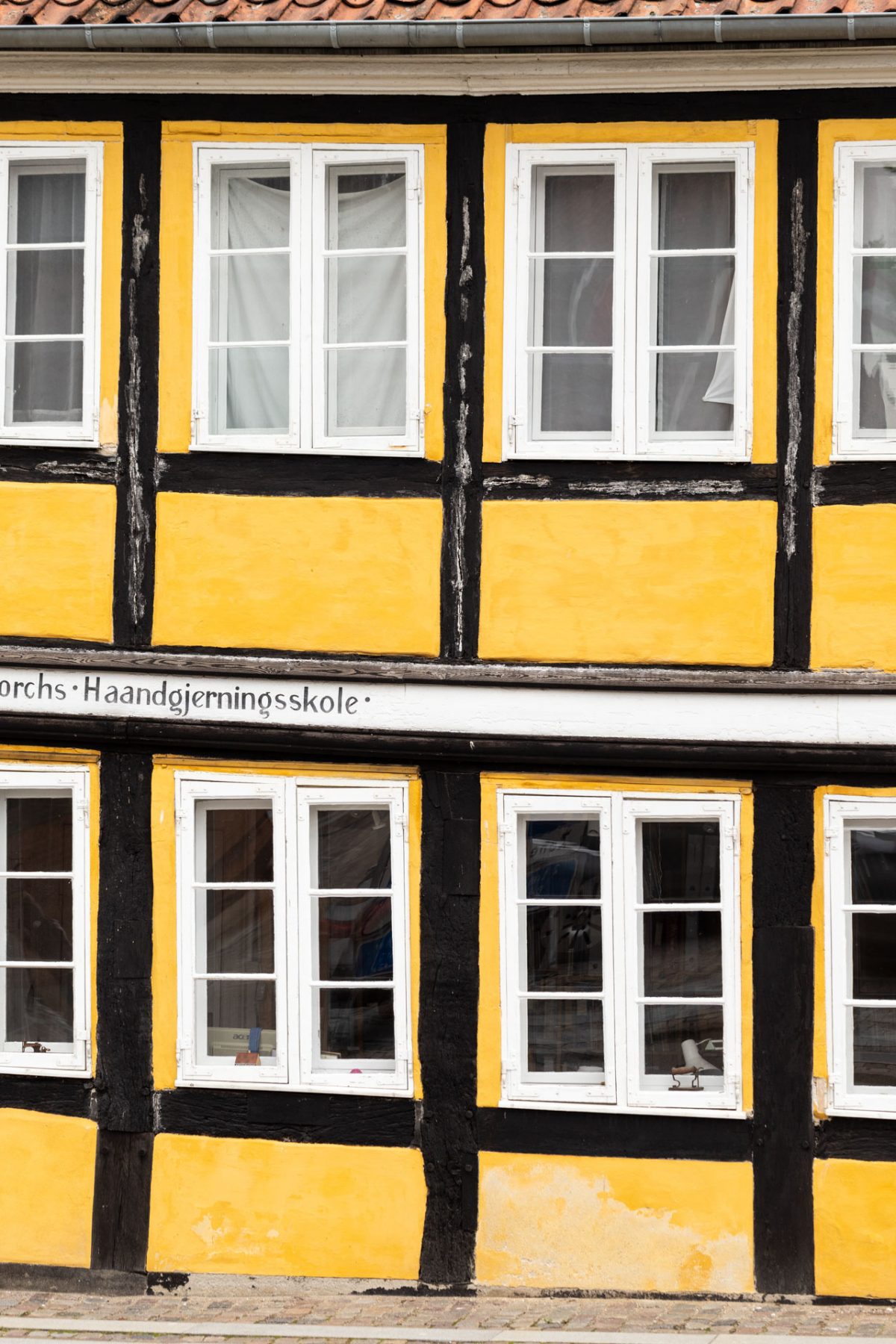
HOLBÆK COLLEGE OF EDUCATION by GEHRDT BORNEBUSCH
The team came across the school after walking through nature trails, only to walk upon a clear and stumble onto this brutalist beauty. The current official name for this building is Center For Specialundervisning, however, the team referred to it as the ‘Gehrdt Bornebusch School’ after the architect who designed it. Built in 1956, the drawing office of Bornebusch, Briiel and Selchau won an architectural competition to design the school and as can be seen, the building is cast in untreated concrete and resembles a monolithic structure — Bornebusch was said to have a fascination with ruins.
Unfortunately, the school was closed on this day and as a consequence, all recordings and photographs were done outside.
FIELD RECORDINGS — LISTEN
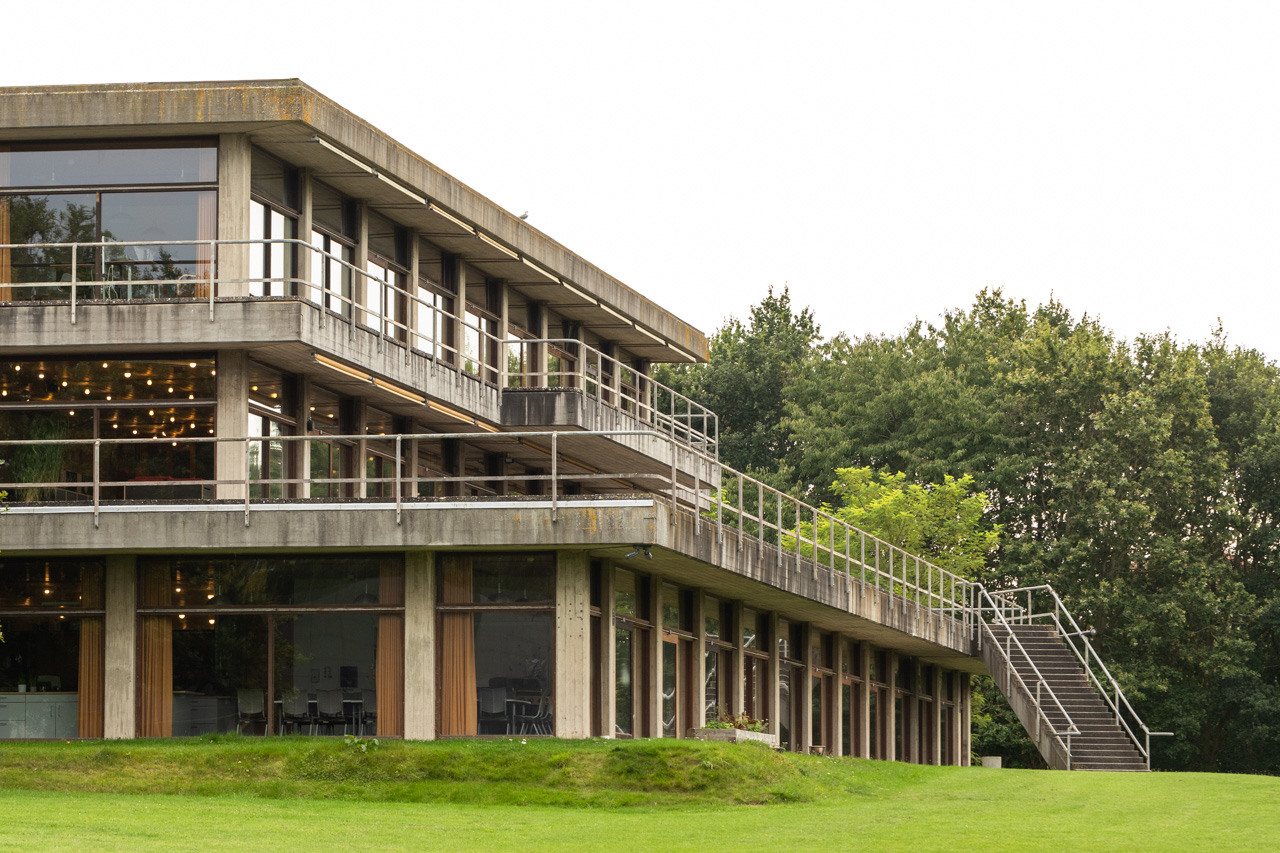
Advancing on the grounds of the college, one could appreciate the level of detail and consideration that went into not only the structure but where it was situated as the surrounding landscape amplified the raw concrete. Glass walls along the sides gave view to the contrasting layers of textiles and wood trim of the school’s interior that transmitted a balance of warmth to the surrounding concrete.
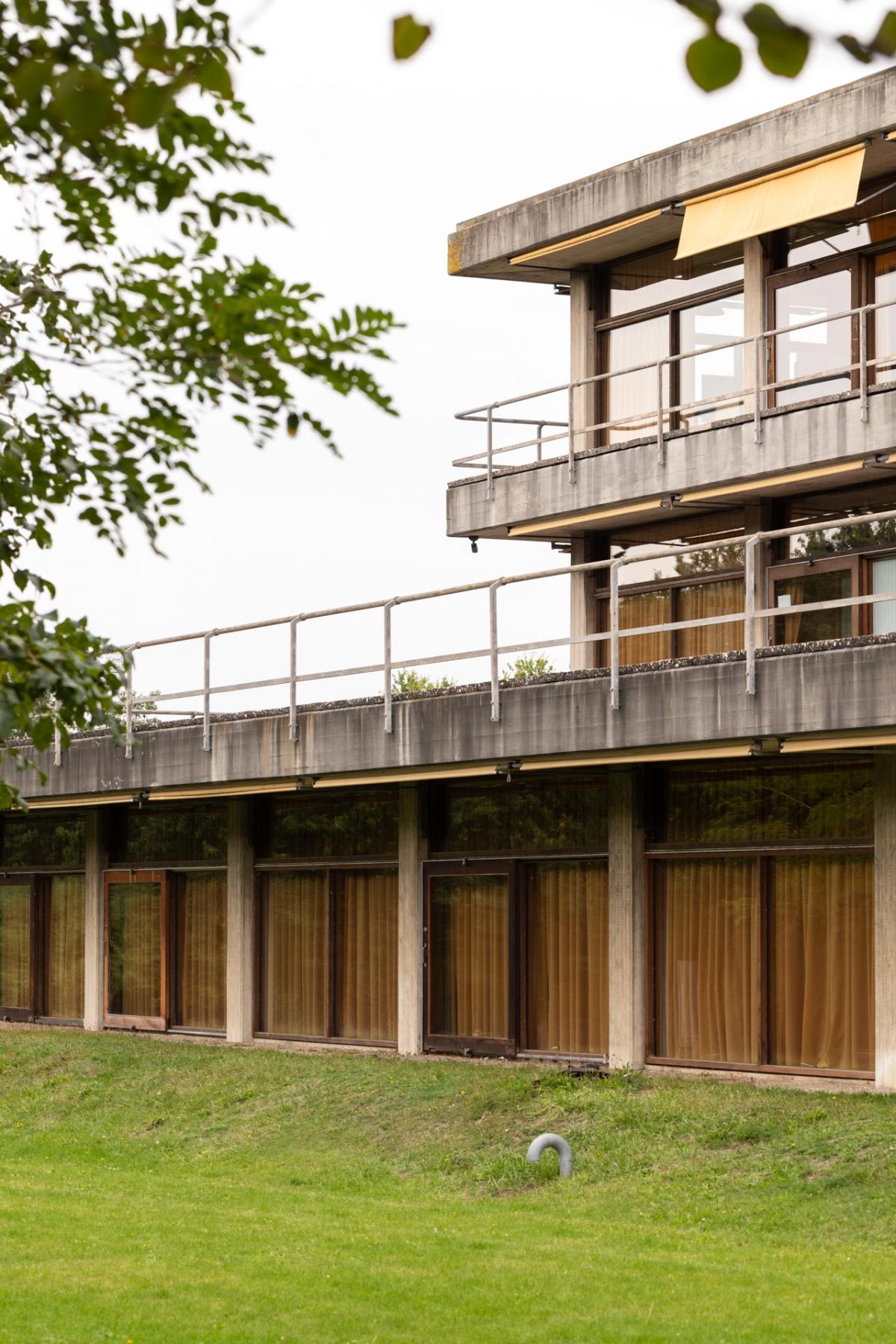
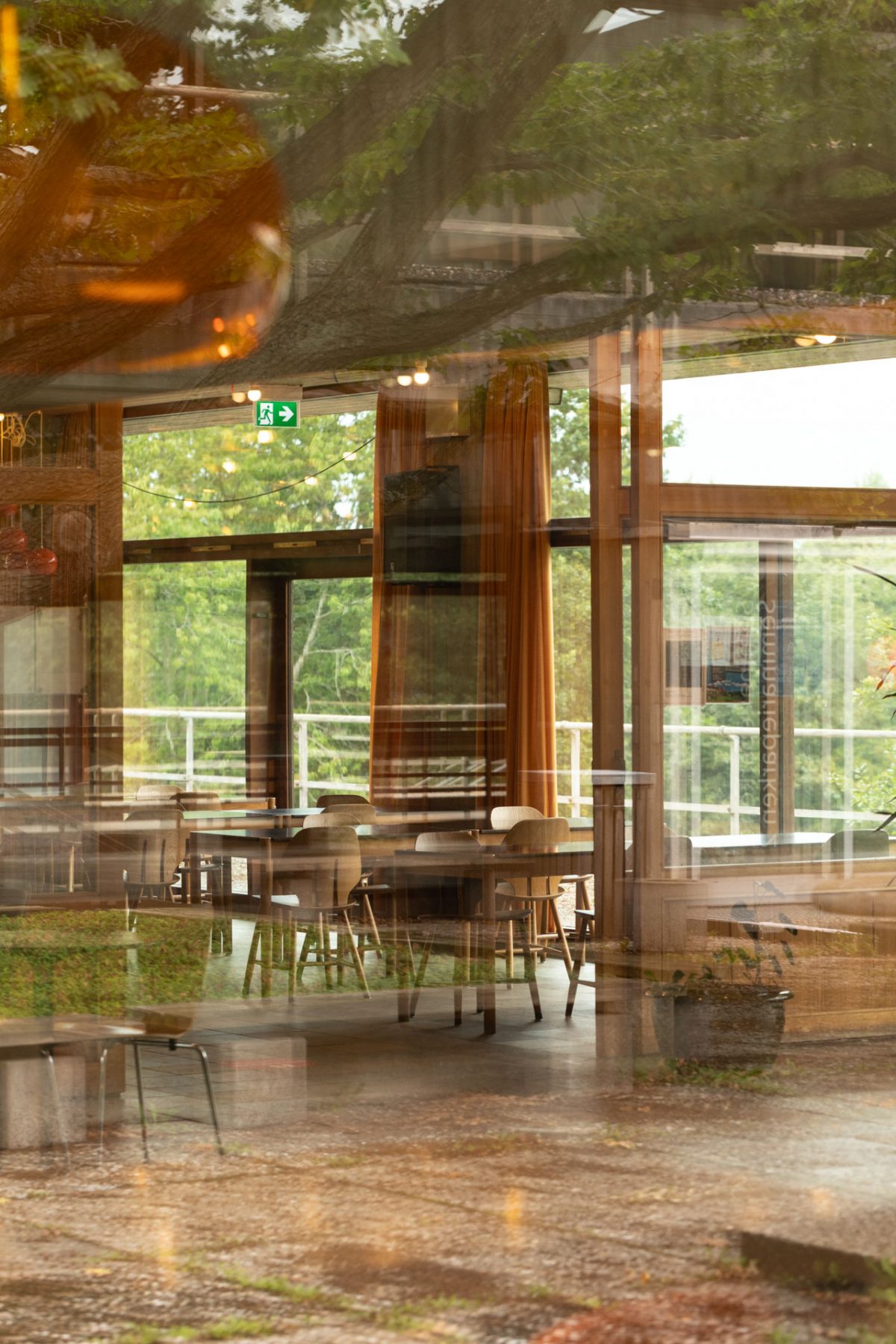

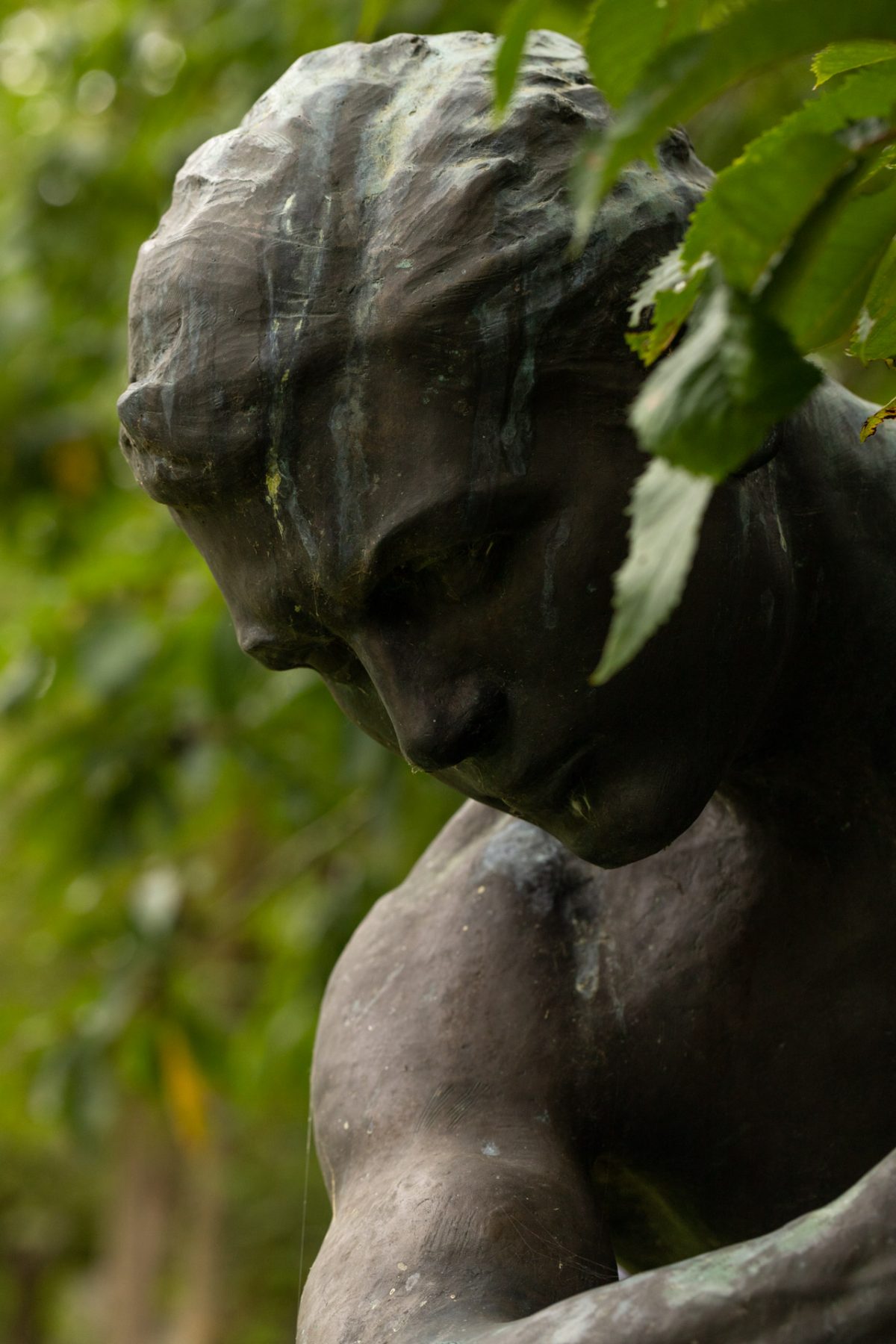
MALERGÅRDEN
Malergården is like entering a time capsule. An authentic artist home where the light and the smells in the old rooms are the same which met and inspired the artist Sigurd Swane and his family. Here you can enjoy the Swane paintings in their rightful environment.
Sigurd Swane who built Malergården in Plejerup in 1934 is an icon of Odsherred Art. With the Isefjord by the front door, the family wanted to create a peaceful and self-sufficient paradise.
FIELD RECORDINGS — LISTEN
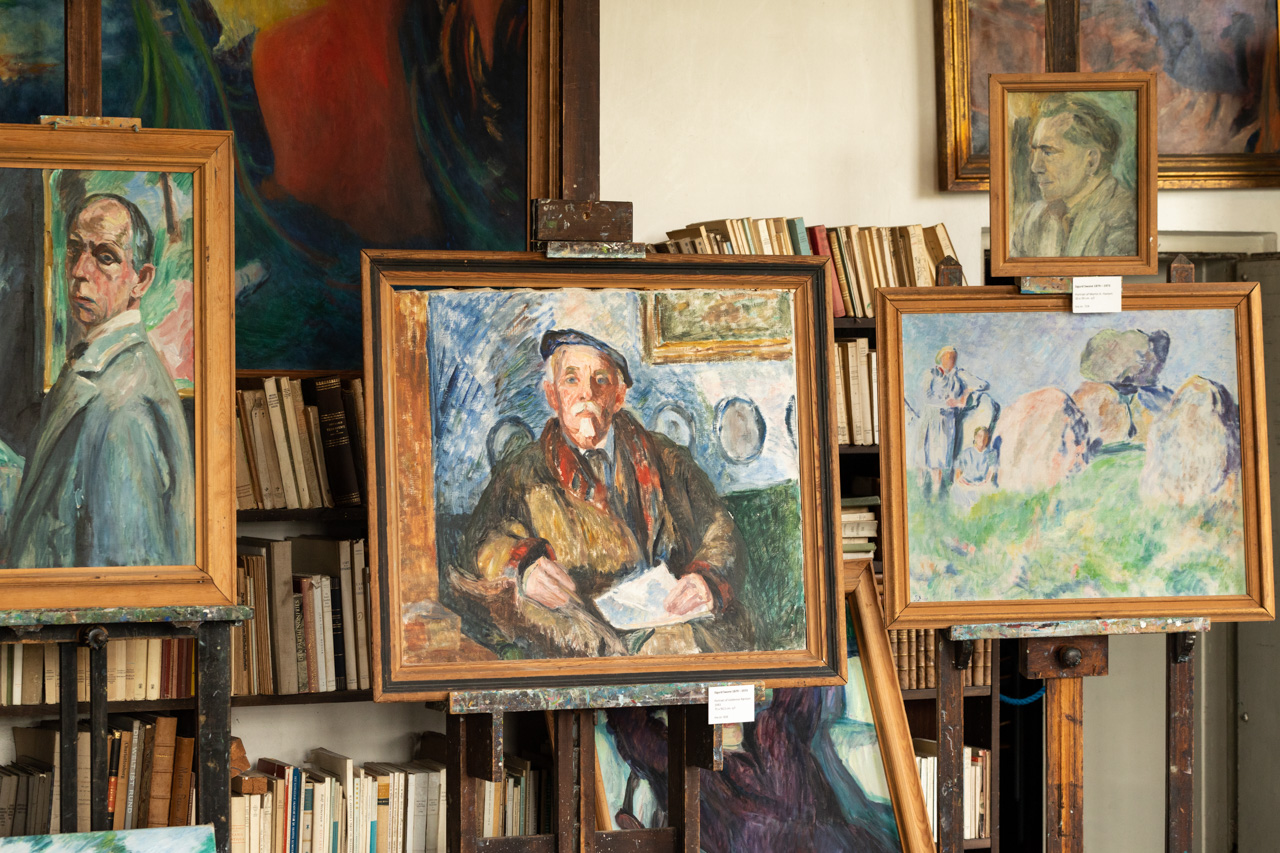
The family’s history is unusual and distinctive, as a visit to Malergården will reveal. The beautiful buildings, the living rooms, the garden and the yard tell an intriguing story about the art, the family, their visitors, travels and dreams.
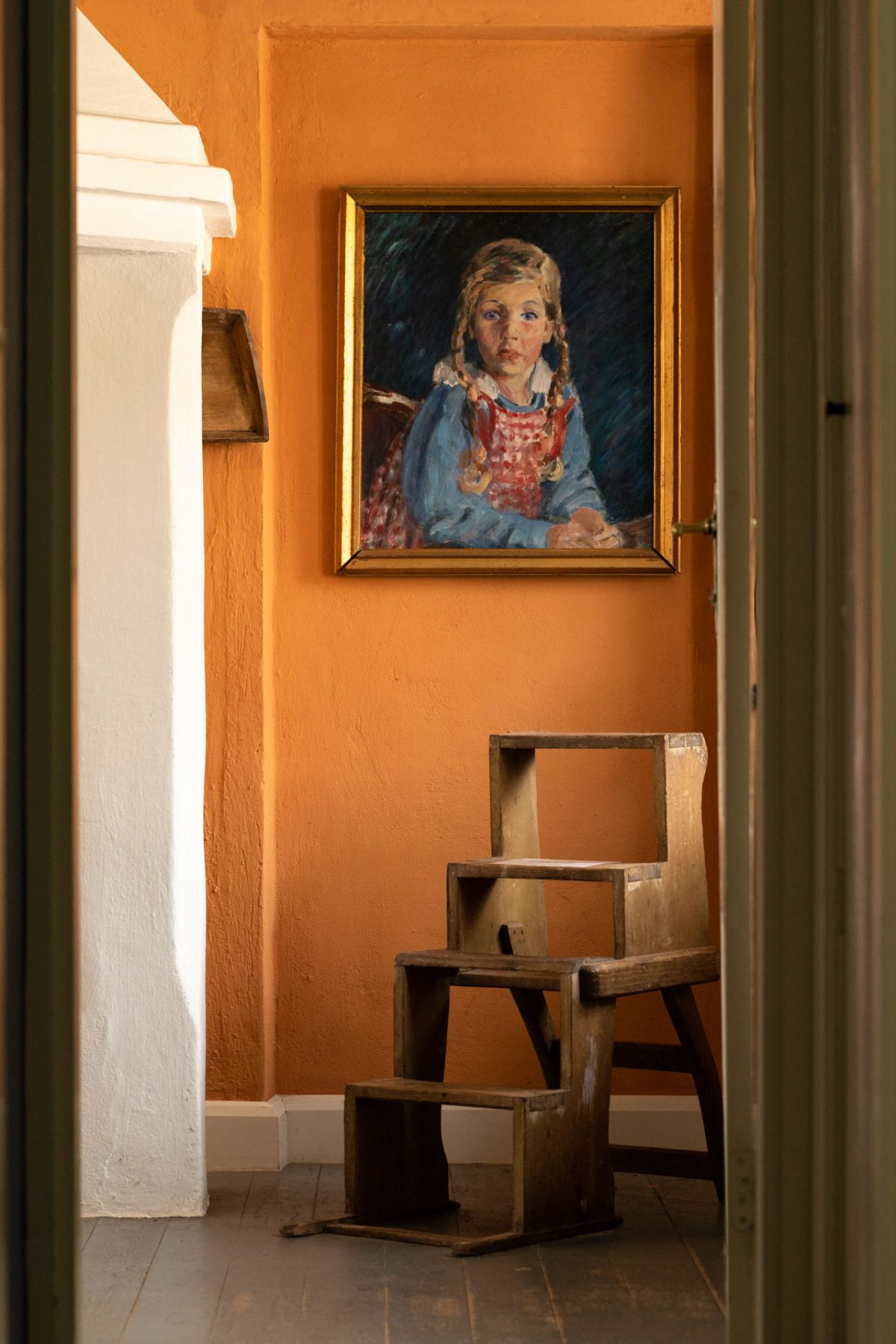

THE LOCALS: THE SAMSΠFARM and KARSTEN BO NIELSEN
The day in Holbæk was capped with a visit to the Samsœ farm, and the home of Karsten Nielsen, friends of Norse; both were located a stone’s throw away from Malergården. Karsten, a semi-retired architect, winemaker, and man of many talents and interests. His CD collection holds everything from early 80s punk to Chinese music and lots of jazz. He spoke to Norse about his home, love of winemaking, and what makes this place special to him.
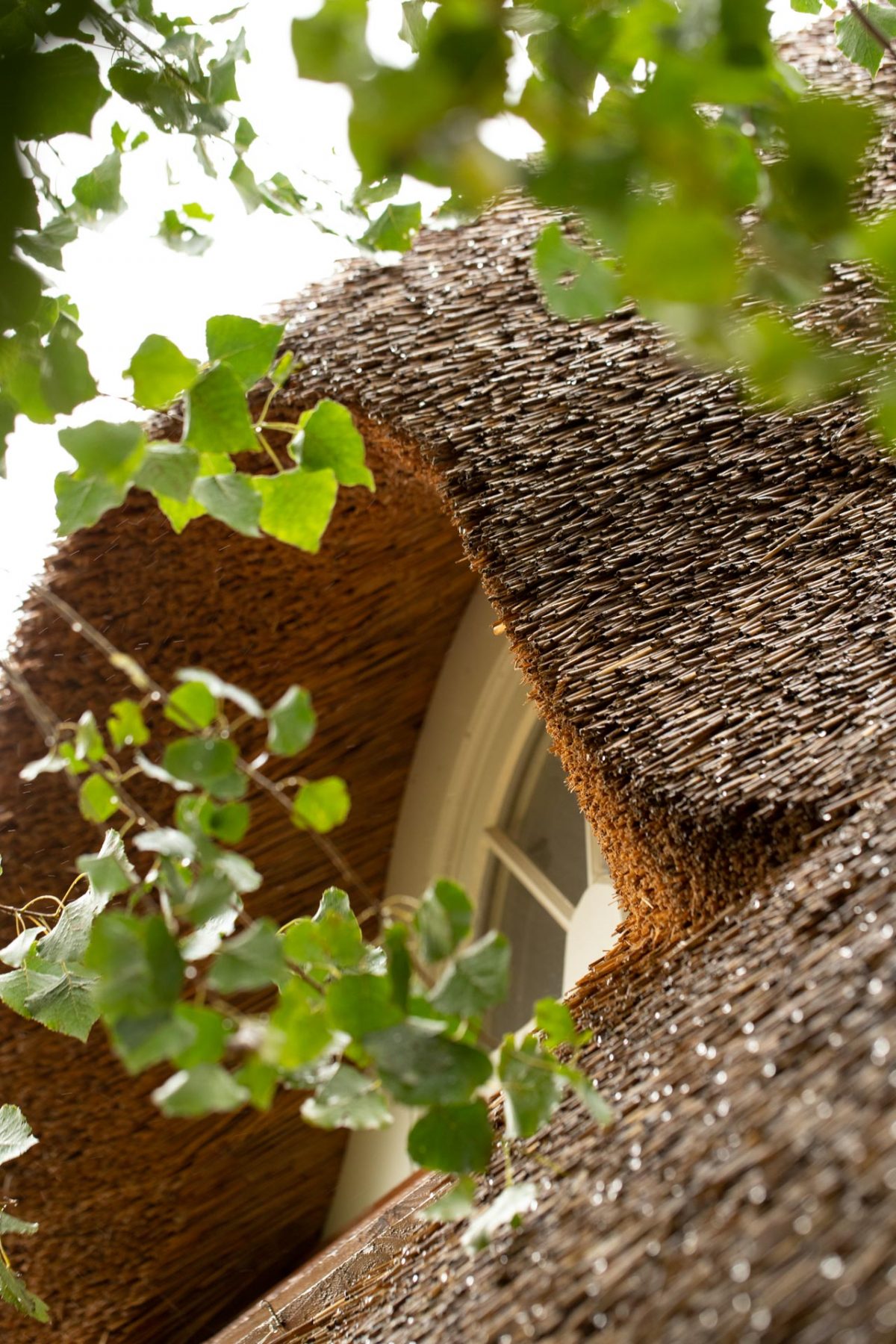
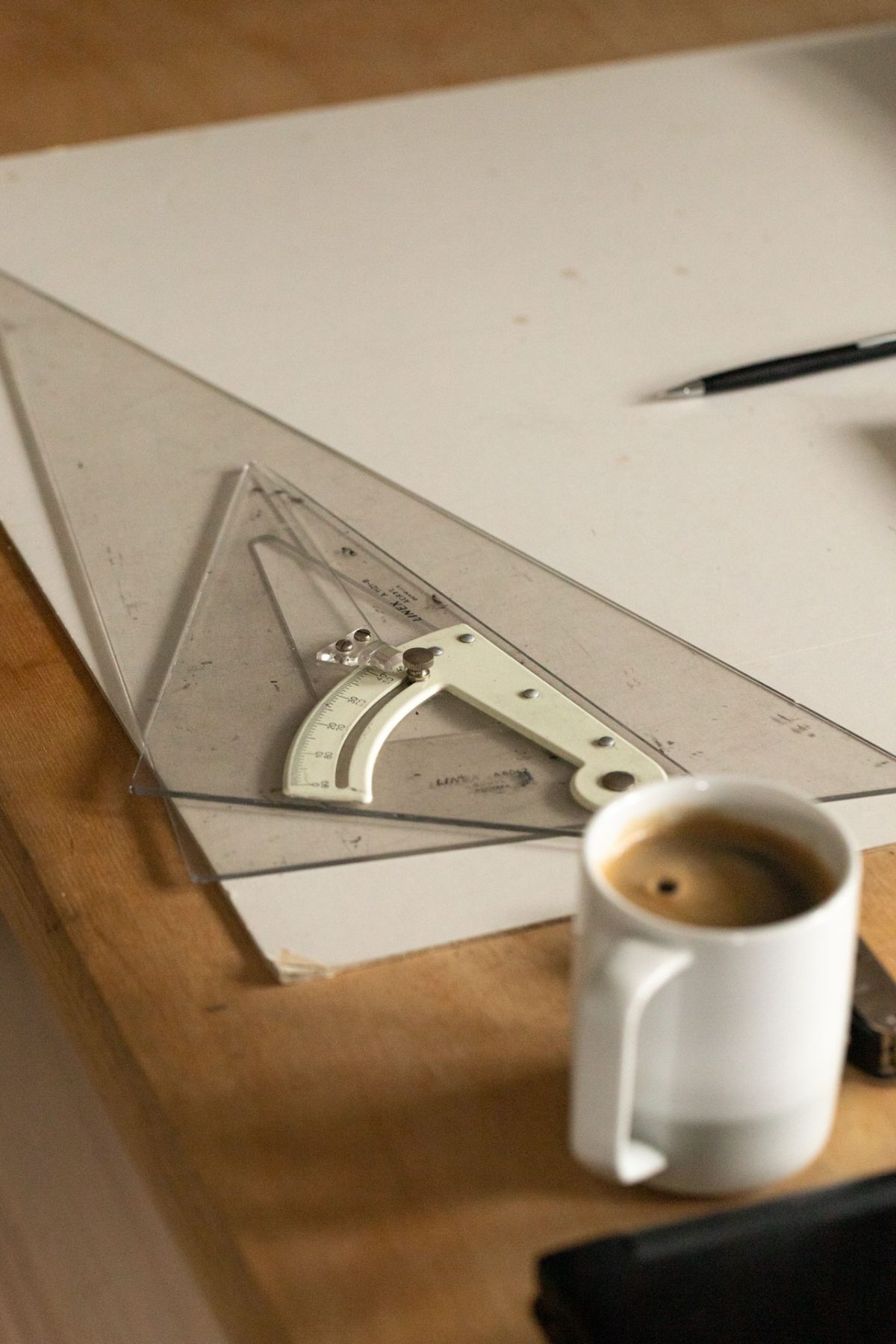
Do you like the isolation you have out here?
Yes. I think it’s good. It might have something to do with age. I’ve always been working a lot, 12-13 hours a day. It’s nice to slow down now. We found the house in the back of a newspaper and I asked my wife to come up with me to look, and she was not keen on it at first. It was run down, but we fixed it up nicely.
Plenty of room outside to grow wine now too.
I’m making sparkling wine now — that’s a new thing for me. The funny thing about that is, there are so many new things I can learn now. It’s really difficult. There are thousands of things that anyone can turn on Youtube and just learn. But I enjoy making the wine quite a bit.
Was that a full samurai suit upstairs, outside your bedroom door?
Yes, it is, do you want to go see it? I bought it off eBay.
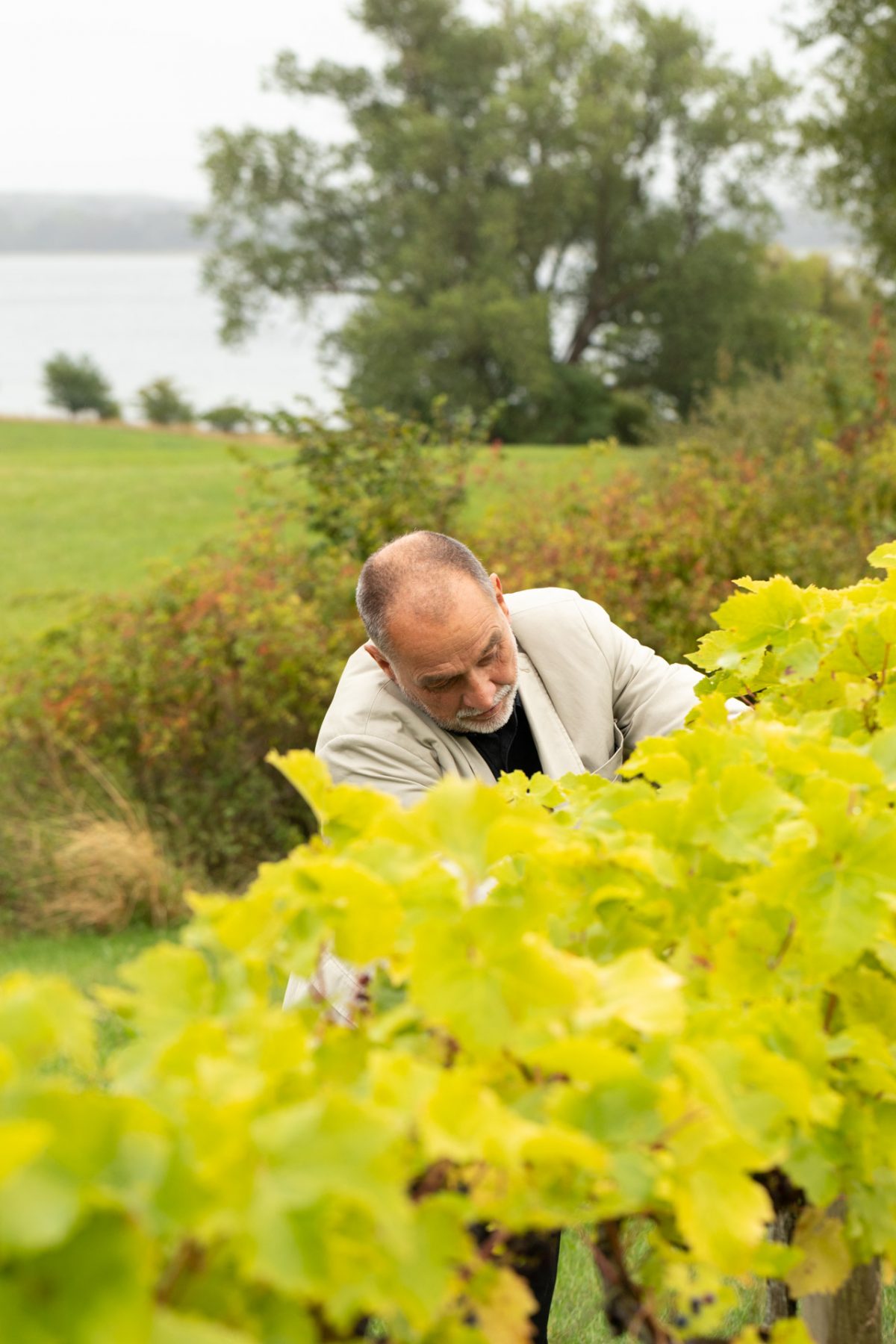
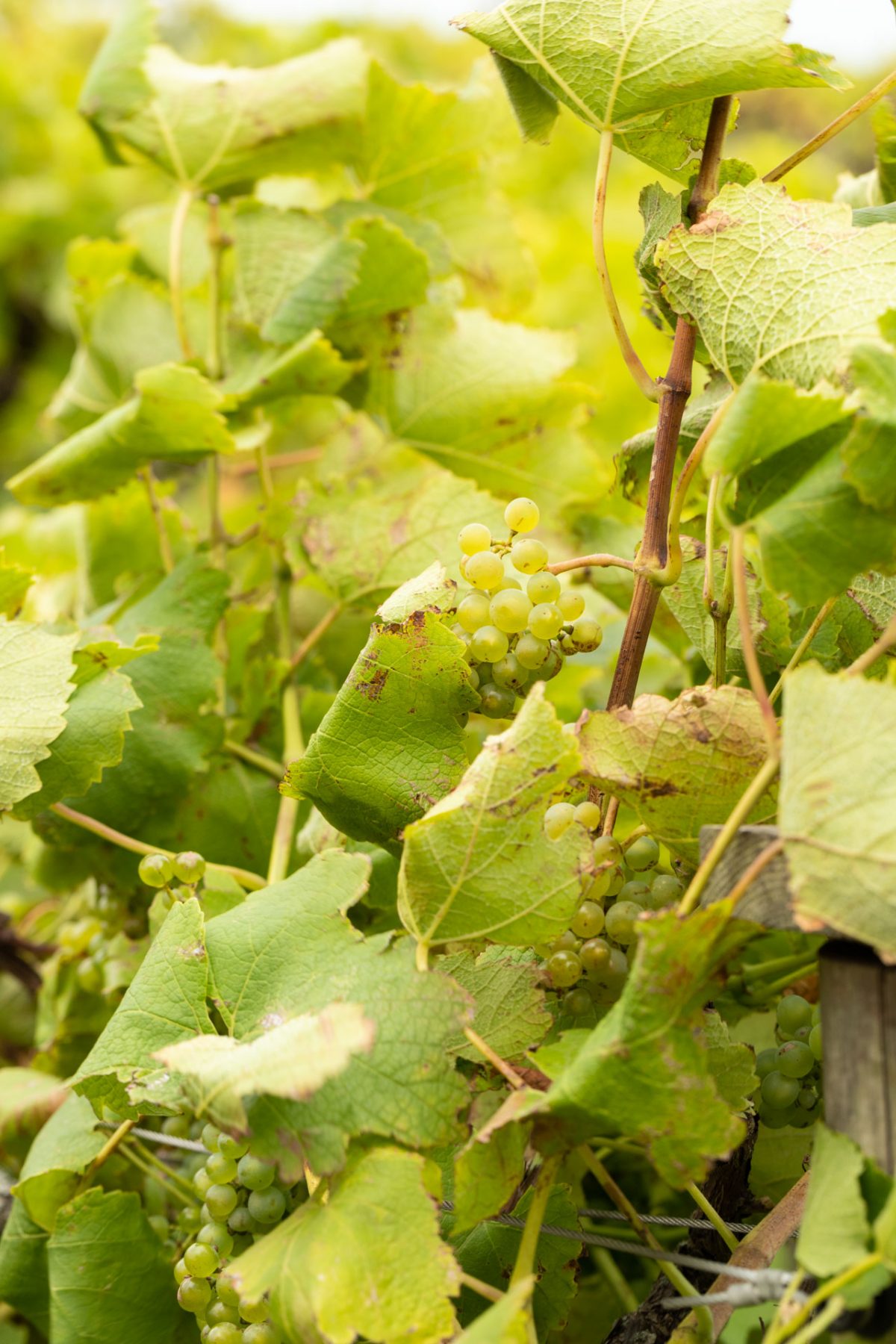
After talking to Karsten, the team went next door to the Samsœ farm for a walk through the grounds and to try and get the attention of the horses while the sun was setting on Holbæk.
FIELD RECORDINGS — LISTEN
